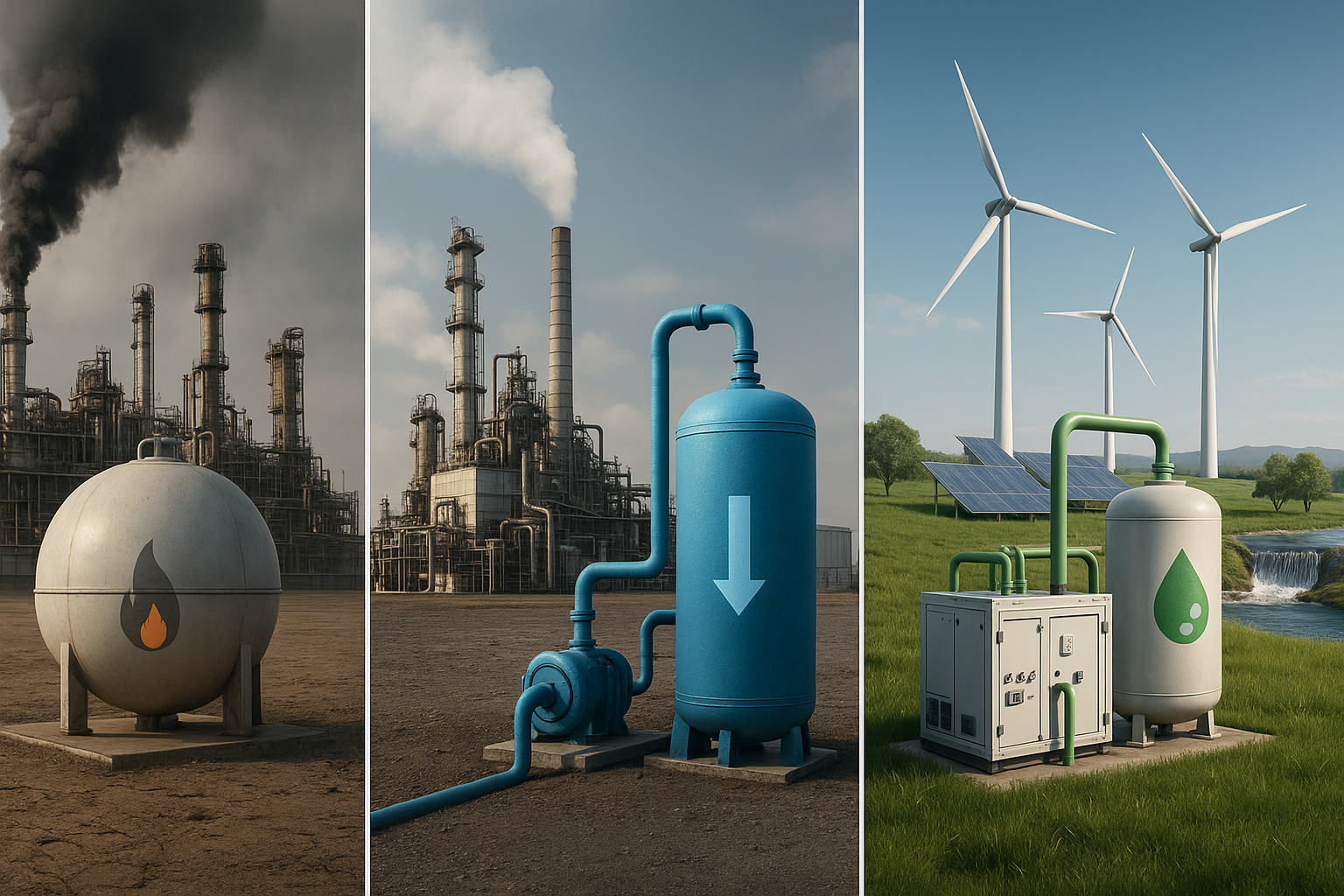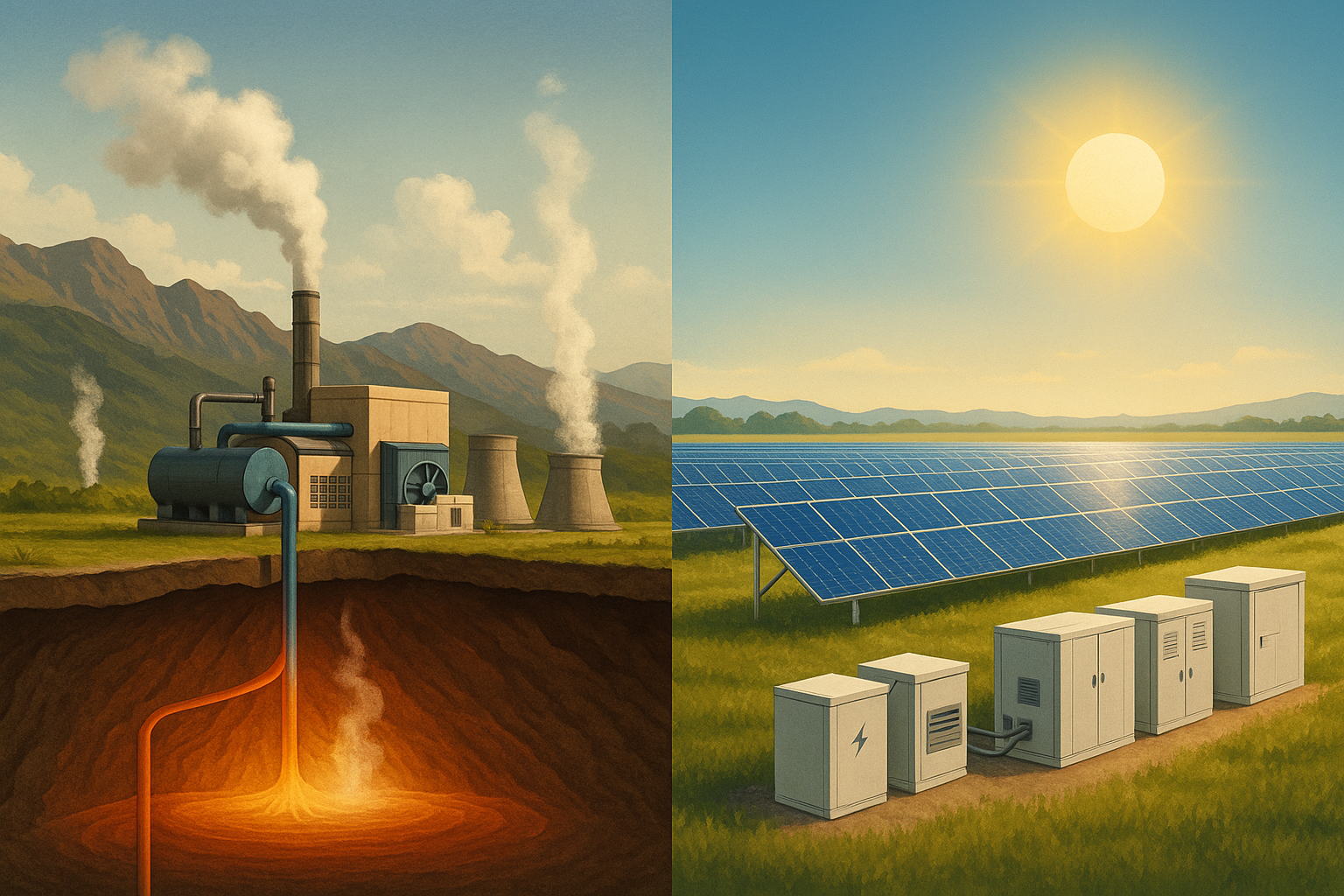Though solar energy provides a sliver of the world’s electricity now, it is on a trajectory to expand rapidly. Solar power installations are surging globally and in the U.S. as this method to generate renewable electricity becomes cost competitive. Meanwhile, to solve the sustainability problems of oil- and gas-derived fuels, researchers are inventing methods to make liquid fuels from sunlight, water, and waste gases like carbon dioxide.
Solar power capacity and cost
Globally, solar power capacity reached 623 gigawatts in 2019, more than one-sixth of which was installed that year. That capacity represents the solar installations’ power rating under ideal conditions. The amount of power actually delivered is much lower, as the amount of electricity solar panels produce depends on the length of the day and its cloudiness, the angle at which light hits the panels, their temperature, and how much snow or dirt has accumulated on them.
Solar and wind projects now account for the majority of electrical capacity growth. China leads in solar power capacity and expansion, with its photovoltaic installations generating 3.9 percent of the country’s energy for electricity. Australia, Germany, and Japan have the most solar power capacity per capita.
The U.S. has a solar capacity of about 97 gigawatts, which is equivalent to the average power usage of 17 million American homes. The U.S. saw a million solar PV installations in 2016 and 2 million in 2019. That year, solar technologies produced about 2.6 percent of electricity generated in the U.S., up from a fraction of a percent five years earlier.
As hardware costs have dropped 45 percent from 2016 to 2021, well-sited large-scale solar power now produces “some of the lowest cost electricity ever seen,” according to the International Energy Agency. Costs are expected to continue to fall.








